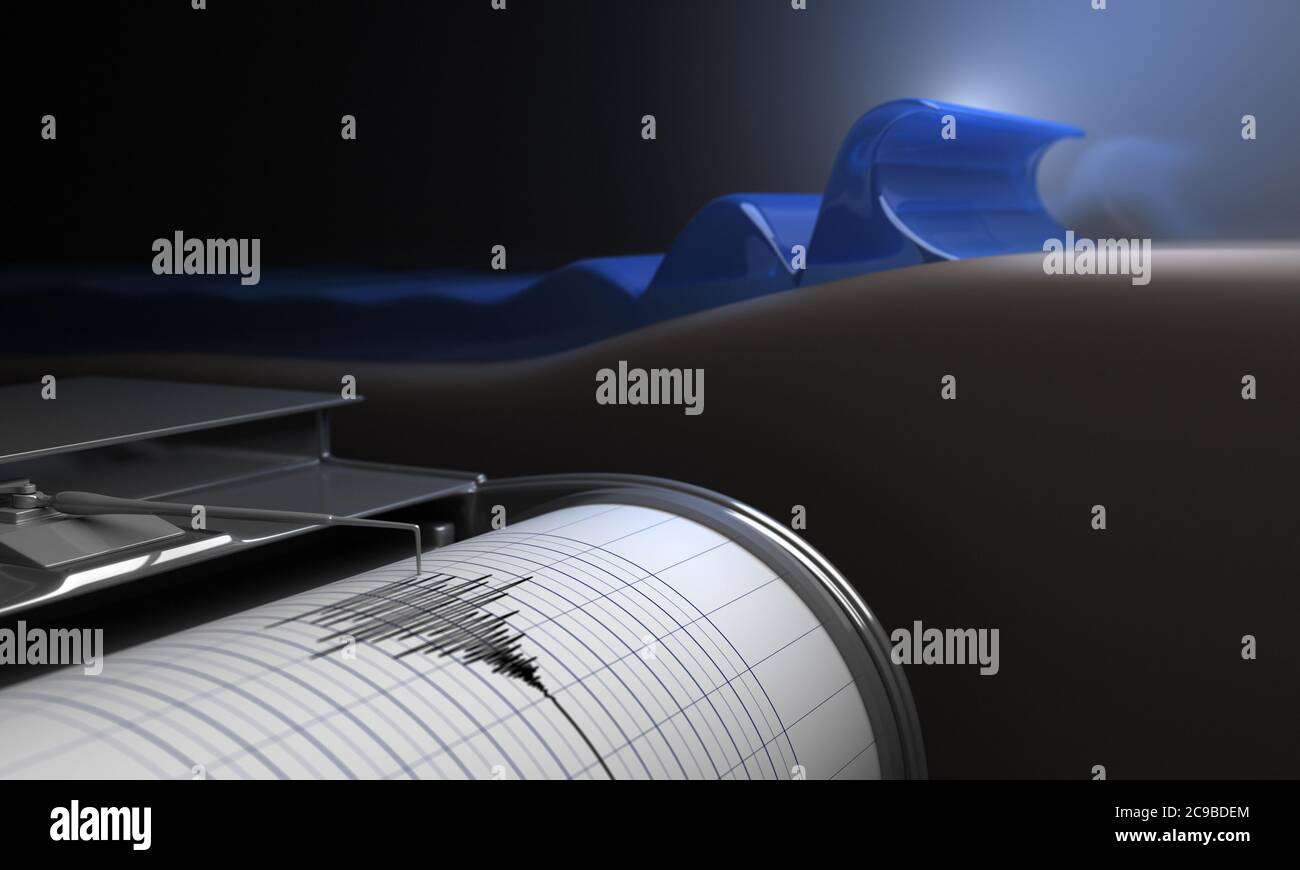
But the LIDAR survey further reveals warping of the ground surface adjacent to faults that previously could not easily be detected, Oskin said. Paper co-authors John Fletcher and Orlando Teran from Mexico's Ensenada Center for Scientific Research and Higher Education (CICESE) carried out a traditional ground survey of the fault rupture, which helped guide planning of the aerial LIDAR survey and interpretation of the results.įrom the ground, features like the five-foot escarpment created when part of a hillside abruptly moved up and sideways are readily visible. When the earthquake occurred, Oskin and Ramon Arrowsmith at Arizona State University received rapid-response funding from the National Science Foundation (NSF) to carry out an immediate aerial survey to compare the results. Oskin said that they knew the area had been mapped with LIDAR in 2006 by the Mexican government. The team, working with the National Center for Airborne Laser Mapping (NCALM), flew over the area with LIDAR equipment and made a detailed scan over about 140 square miles in less than three days.


Davis, CA-Michael Oskin, a geologist at the University of California, Davis, is lead author on a recent Science journal paper that describes how a team of scientists from the U.S., Mexico, and China used differential absorption LIDAR (light detection and ranging) to report the most comprehensive three-dimensional (3D) before-and-after pictures yet of an earthquake zone using data from the magnitude 7.2 event that struck near Mexicali, Mexico, in April 2010.


 0 kommentar(er)
0 kommentar(er)
